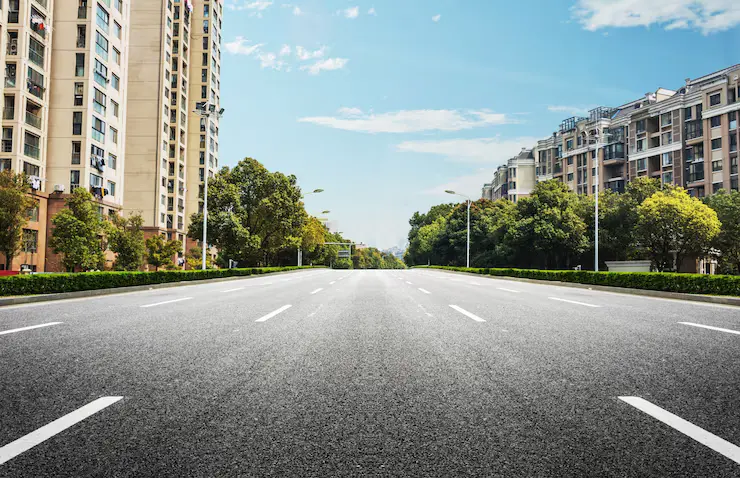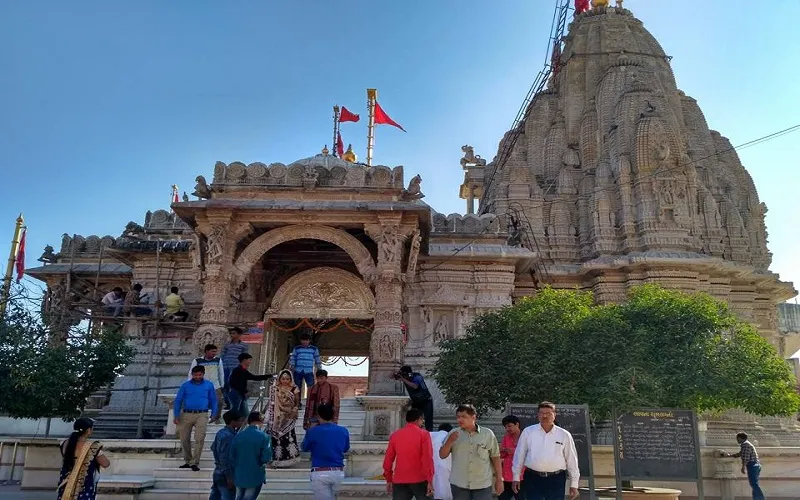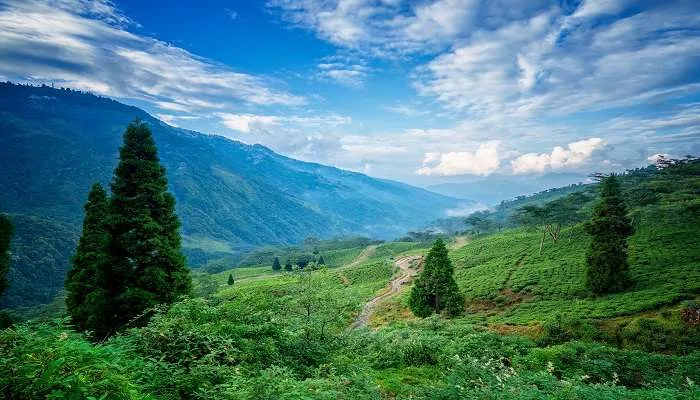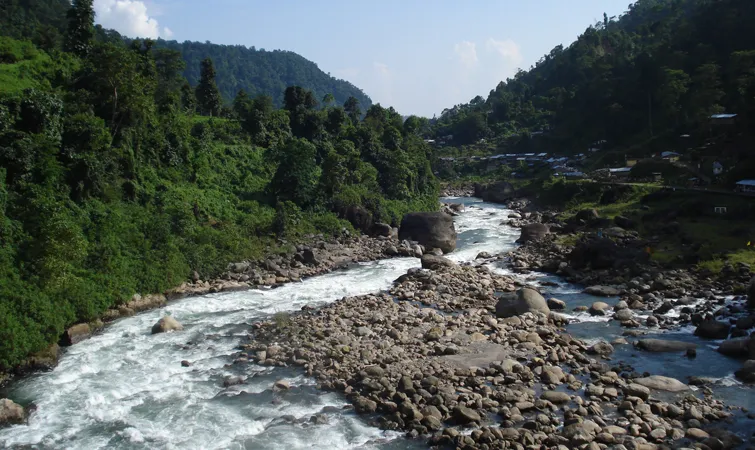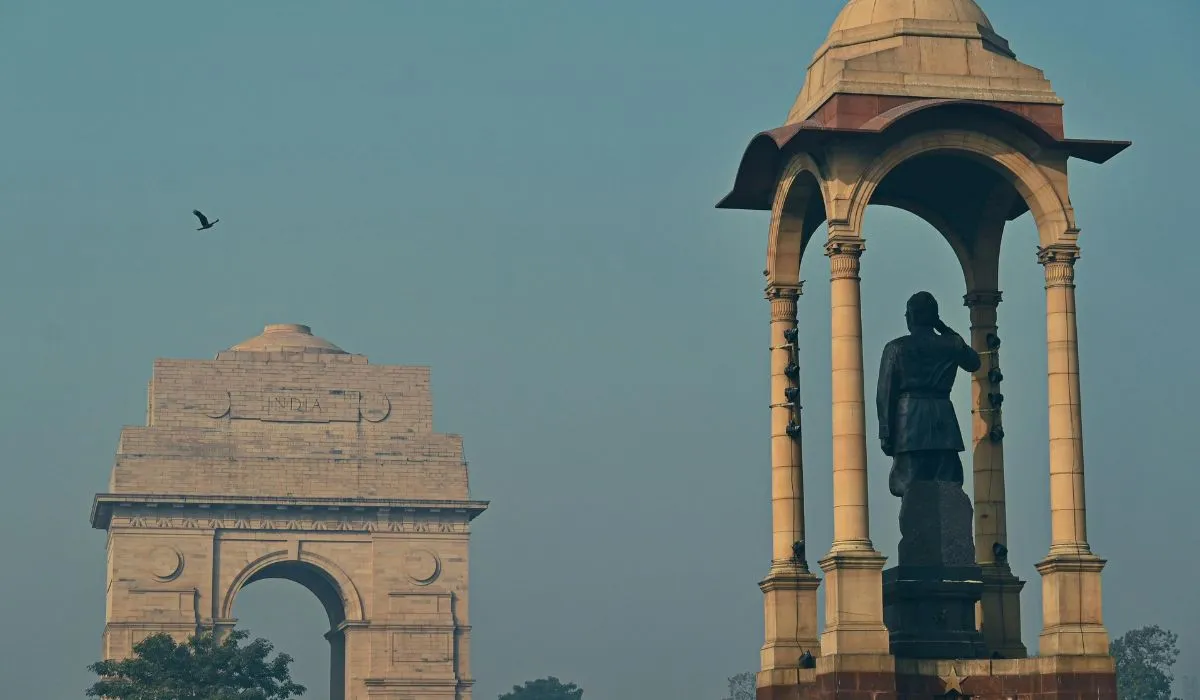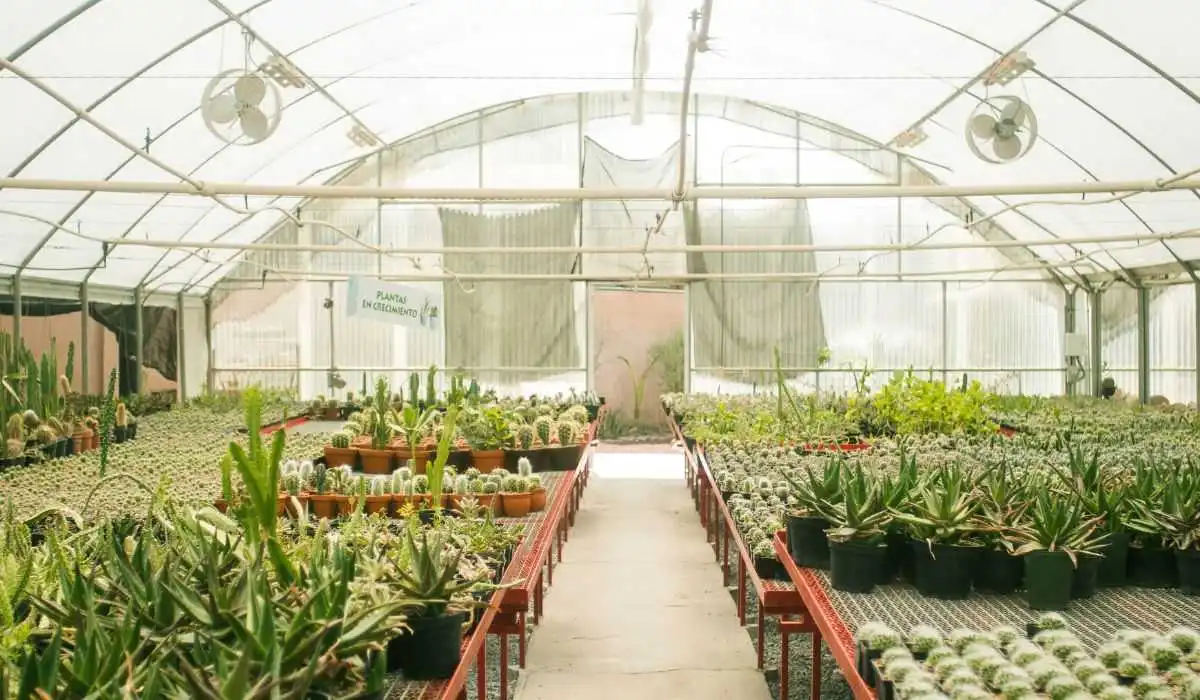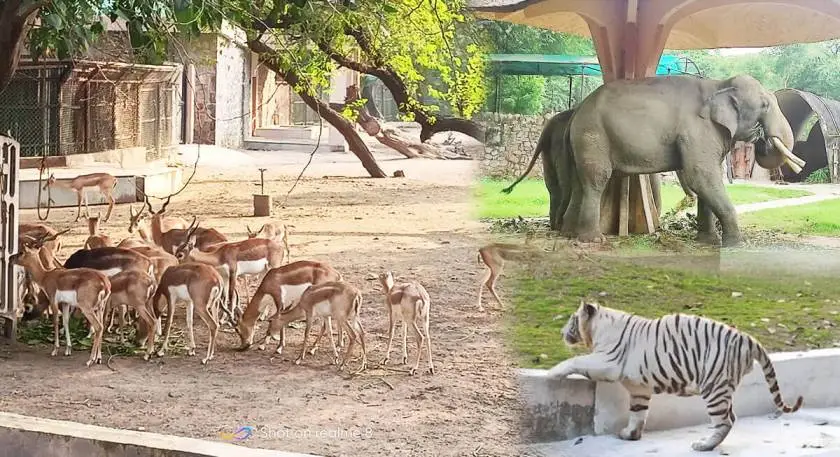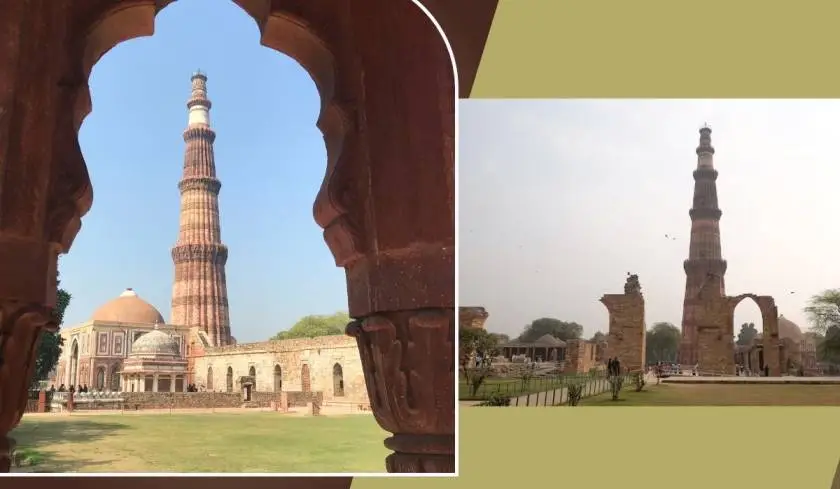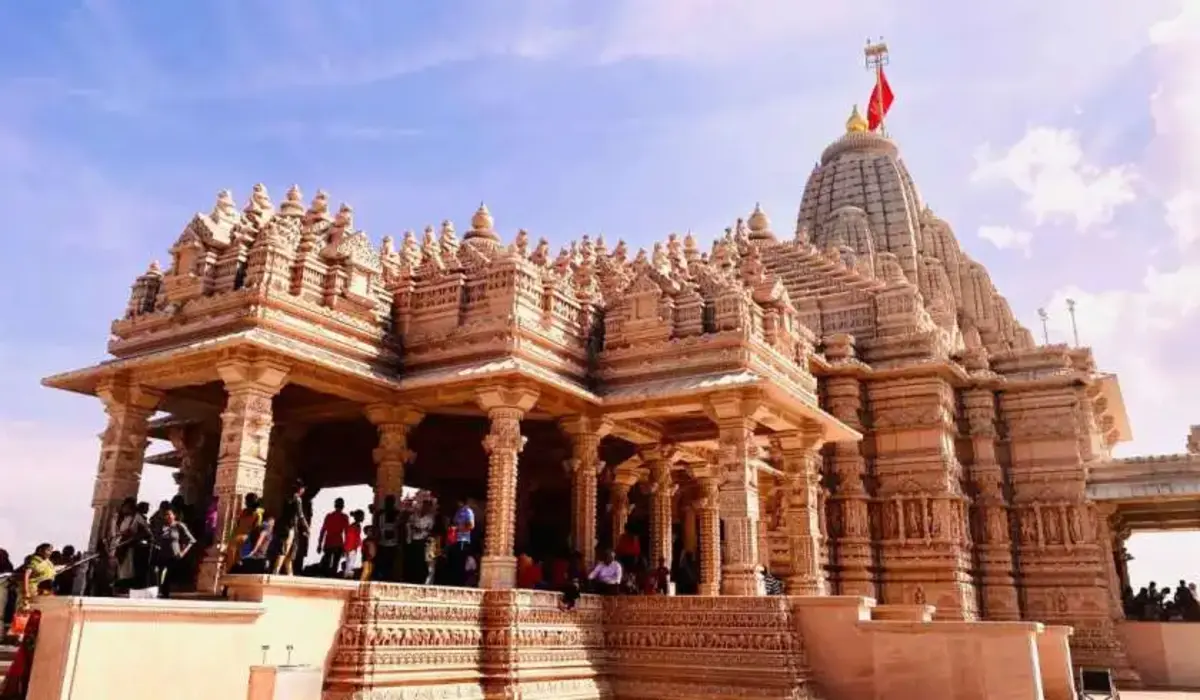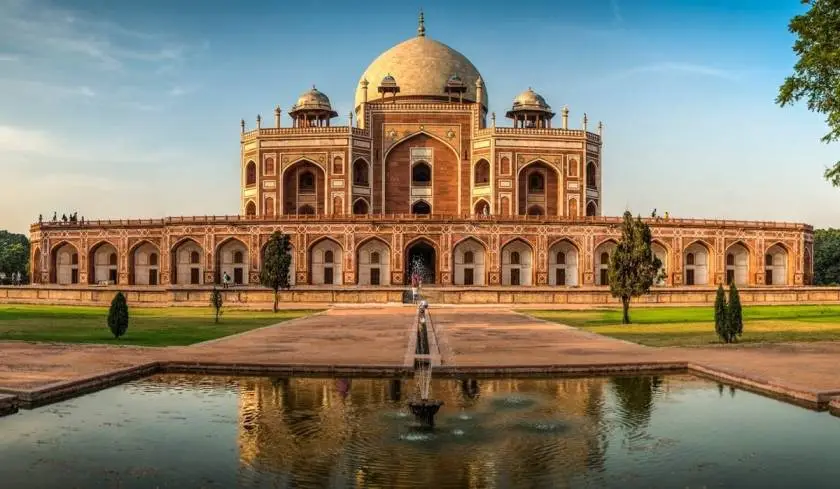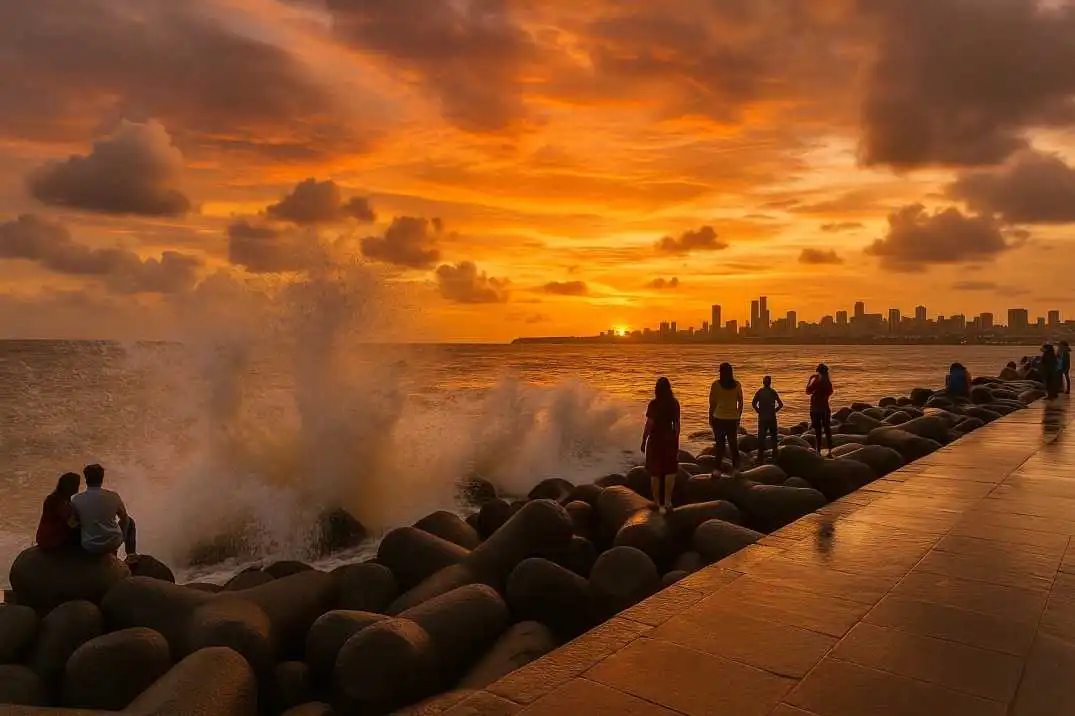It’s been a long time coming, this road work. The stretch from Kiratpur Sahib to Nangal, some 31 kilometers or so, has finally landed in the spotlight. Not that it didn’t matter before it did, a lot but something always kept pushing it to the side. It wasn’t just a small town road; it connects religious towns to industrial zones, and yet for years, nobody seemed to fix it properly.
This route, if you’ve traveled it even once, you know how crucial it is. Kiratpur Sahib, holy ground, Anandpur Sahib not far off these places get thousands, lakhs even, of pilgrims during key festivals.
Hola Mohalla, for example, clogs the entire route. On the other end, there’s Nangal. Industrial, big in terms of employment, logistics, and also tied to the Bhakra Nangal Dam. So this road carries not just people but the weight of purpose. And until recently, it just wasn’t holding up.
A Highway That Was More Patch Than Road
You didn’t need stats to tell you it was bad. The road itself told the story. Potholes, cracks deep enough to swallow scooter wheels. Some parts were just gravel pretending to be asphalt. Rain made it worse. Drainage? Not really. Monsoon would turn stretches into little rivers, cars crawling behind tractors, buses swerving to avoid broken patches.

Emergency services hated it. Ambulances would get stuck in the slush. Fire engines slowed down when every minute counted. People got hurt — not just by accidents, but by delays. But year after year, the road stayed the same. Promises were made, surveys done, but the ground stayed uneven.
Then Came Bharatmala. Finally, a Push
Under the central government's Bharatmala Pariyojana plan, this highway got listed for development. The National Highways Authority of India (NHAI) took charge. It wasn’t just repaving the plan was to fully transform it.
Make it a four-lane road. Add service roads where people live or run businesses. Build proper drainage. Put up reflectors, signage, maybe even some bypasses to ease up the town bottlenecks. Street lights, pedestrian safety markers, the works. The aim? Not just better traffic, but also safety, speed, and smoother movement for both goods and people. Not a small goal.
Where Things Stand: Mid-2025 Snapshot?
So, what’s happened? As of mid-2025, about two-thirds of the work is done. Some parts near Kiratpur Sahib look completely different — new tar, smoother turns, even some fresh paint. Drivers have started using those stretches more confidently now. There’s less honking, fewer sudden brakes.
But if you go closer to Ghanauli, the work is patchier. Machines are there, sure. But traffic moves slow. Dust everywhere. Some shops are covered in tarps because the work zone’s eating into the side space.
Construction timelines were already stretched. First, the monsoon messed up supply chains. Then came land acquisition problems. Some farmers didn’t want to give up portions of land. Not without fair compensation. Plus, getting enough skilled labour in these towns? Not easy during festival or harvest seasons.
Not Everyone’s Happy
Look, big infrastructure projects are messy. That’s a given. But even then, some folks are upset. Shopkeepers along the route say business has dropped some as much as 40–50%. Customers can’t reach easily. Construction barriers block parking. Dust settles on goods. Fewer walk-ins.
Then there’s the green bit. Trees were cut. Old, mature ones. To make space. Authorities said they’ll plant twice as many elsewhere, but people haven’t seen that happening yet. Debris, too random piles near village corners, or along fields. It’s hard to ignore, even harder to clean up.
Still, There’s No Denying What This Road Can Do
Despite the complaints and they’re valid this highway, once finished, could actually change a lot. Not just for commuters. For the whole region.
- Religious Tourism Will Get a Boost
Pilgrims coming to Kiratpur Sahib, Anandpur Sahib, and nearby gurdwaras will have an easier, safer time. During festivals, families come from all over Punjab, and beyond. Right now, that journey’s exhausting. The new road could shorten travel time, reduce vehicle wear and tear, and attract more people overall.
- Industry Will Function Better
Nangal has industries — fertilizer plants, small factories, services around Bhakra Dam. Transportation delays cost money. A good road could mean raw materials come in faster, finished goods go out on time, less fuel burned idling in traffic. And if logistics improve, new investors might finally consider these areas.
- Better Connection to Himachal
This road doesn’t stop at Nangal. It heads toward Himachal Pradesh. Una, Hamirpur — places that do a lot of two-way traffic with Punjab. Right now, those rides are long and frustrating. Smoother highways could encourage both tourism and trade between states.
- Emergency Response Time Improves
Fire brigades, ambulances, even regular police — they all benefit from better roads. One minute saved can mean a lot. In rural or semi-urban zones, it means everything.
A Word of Caution: Maintenance Is the Real Test
It’s one thing to build a road. It’s another to keep it working. So many times, projects finish, ribbon cut, photos taken… and then the road falls apart in two monsoons. Drains clog. Potholes return. No inspections. People living here are aware. They say it openly Let them finish it, sure. But will they look after it next year?” That’s the bigger question.
Government sources say a maintenance contract will be part of the package. A private contractor will handle routine checks, patchwork, and drainage upkeep. But contracts are paper. Only time will tell.
Other Issues That Need Attention
There’s something else. No one’s talking much about pedestrian infrastructure. Villagers still cross the highway where they feel like. No overbridges or underpasses are planned yet. Once traffic picks up, that’s a recipe for accidents.
Also, livestock sometimes strays onto roads here. It’s common in Punjab’s outer towns. If there’s no fencing, high-speed lanes could become high-risk zones overnight.
The Long-Term Outlook: Still Hopeful
Even with its flaws, this highway project feels different. It’s not flashy, but it matters. Kiratpur Sahib and Nangal are not high-profile cities. Yet they’ve been heard, finally.
The benefits could spill over improved mobility means kids reach colleges faster, goods reach markets on time, and maybe, just maybe, Punjab’s smaller towns get a little closer to the rest of the country in development. Of course, it’ll only work if the last 35% of work actually finishes. And if once built, it stays maintained. A road is only good if it stays that way.



